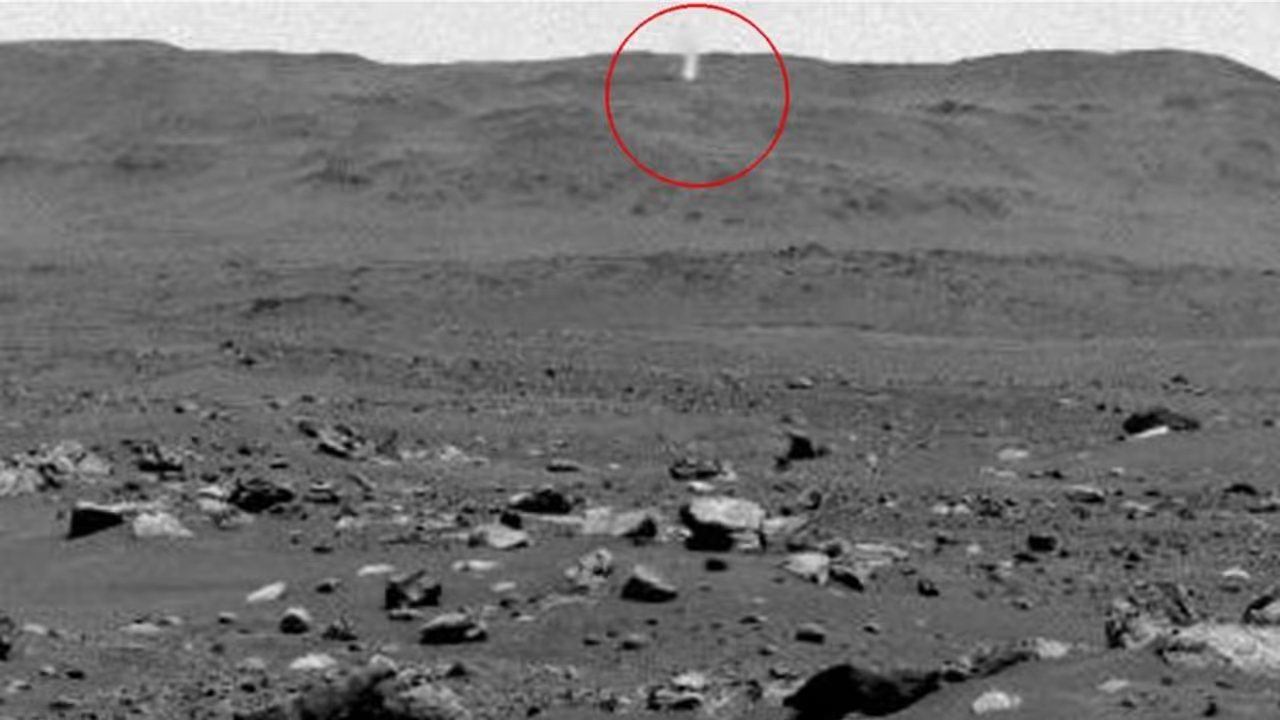NASA's Perseverance rover captures a dust devil on Mars, offering valuable insights into Martian weather patterns and atmospheric conditions.
The American space agency NASA's rover, Perseverance, currently on a mission to explore the surface of Mars, has captured a fascinating weather phenomenon – a dust devil swirling across the planet's surface. This occurrence resembles the dust devils often seen in Earth's desert regions. NASA reported that the car-sized rover recorded this dust devil on August 30, 2023, on the western rim of Mars' Jezero Crater. The images were captured using Perseverance's Navcams, with 24 frames taken four seconds apart.

While dust devils on Mars are generally weaker and smaller than tornadoes on Earth, they serve a valuable purpose for scientists. They help researchers gain insights into the Martian atmosphere and enhance their understanding of the planet's weather patterns.
The mission team determined that this particular dust devil was approximately 2.5 miles (4 kilometers) away from the rover at the time and was moving east to west at a speed of about 19 kilometers per hour. Its estimated width was around 200 feet (60 meters), and despite only the lower portion of the swirling vortex being visible in the camera frame, scientists were able to estimate its full height.
Mark Lemmon, a member of the Perseverance science team, explained, "We don't see the top of the dust devil, but the shadow it throws gives us a good indication of its height. Most are vertical columns. If this dust devil were configured that way, its shadow would indicate it is about 1.2 miles (2 kilometers) in height."
The mission team used the various images of the dust devil captured by the Perseverance rover to create a video, which was then sped up 20 times for observation.
Dust devils on Mars form when rising warm air cells mix with descending cooler air columns. While these phenomena are most prominent during the spring and summer months on Mars, scientists cannot predict precisely when and where they will appear. Currently, Mars' northern hemisphere, where Perseverance is located, is experiencing summer.
The Mars 2020 Perseverance mission is part of NASA's broader exploration approach, which includes the Artemis missions to the Moon, aiming to prepare for human exploration of the Red Planet.
